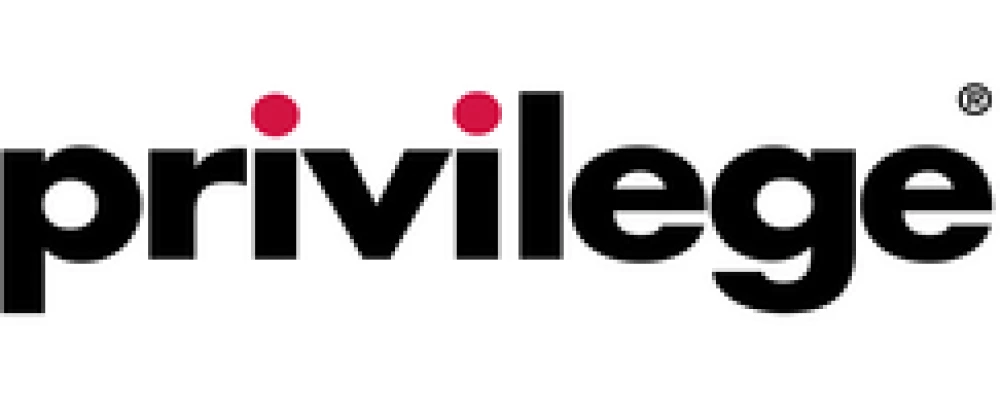Language, symbols and colour are all examples of visual signs that communicate meaning, and the study of these signs is called semiotics. From a green traffic light telling us it’s safe to go to a red one telling us to stop, these symbols help us to understand the world we live in.
Our interpretation of these signs is dependent upon a number of cultural factors – for example, in Western cultures the colour white symbolises purity and is traditionally worn by brides, whereas in China and some other Asian countries it represents death and is usually worn at funerals.
But what does all this mean for marketers?
The answer is simple: semiotics is an essential part of any marketer’s toolkit.
By understanding the effect of various languages, symbols and colours on consumers in different global markets, brand owners can create highly targeted marketing campaigns that get their message across, whilst avoiding the cultural pitfalls that could put the brand in to freefall.
In this article we’re going to explain why semiotics is a valuable part of any brand’s strategy, and how you can use it to understand your brand in a wider cultural context.

Using Semiotics in Marketing
Brands, products and semiotic cues don’t exist in a vacuum – instead, consumers interpret them in relation to the world they live in.
Usually these interpretations are unconscious, and the result of inherent cultural influences that have been strengthened by repetition (and often through advertising).
For example, in Western cultures pink is usually associated with girls, and blue for boys. Although these stereotypes are slowly changing, many brands use the colour pink to appeal to female consumers, with darker and more ‘masculine’ colours reserved for men.
Marketers can use semiotics to tap into consumers’ unconscious associations with signs and symbols, allowing them to:
- Communicate a specific meaning about a brand or product
- Improve brand messaging
- Influence consumers’ subconscious decision-making
- Adapt marketing campaigns to target specific cultures
By recognising the meaning of semiotic cues within certain cultures, marketers can create targeted campaigns that get results.
Semiotic Marketing Examples

Semiotics can be used to enhance all kinds of marketing communications, from advertising and web content to social media, branding and more. Let’s take a look at a few examples of semiotic cues in marketing to demonstrate what we mean.
Semiotic Colour
As we’ve already touched upon, colour is a key example of a semiotic cue. Research suggests that 90% of snap judgements are influenced by colour alone, meaning it’s crucial for marketers to understand how colours are interpreted by consumers globally.
For brands that operate on an international level, colour semiotics has an important role to play. Take McDonald’s, whose red and yellow colour scheme has long been synonymous with fast food in Western culture.
The colour red is known to trigger stimulation, appetite and hunger, while yellow is associated with happiness and friendliness. The two colours combined is a recipe for success, signifying a satisfying meal and a positive experience.
McDonald’s still uses its red and yellow colour scheme in its signage in the USA and in other countries including India and China, where red symbolises prosperity.
However, in the UK and Europe the company has switched to a dark green and yellow colour scheme to communicate its efforts to ‘go green’ and promote itself as a healthier, more sustainable choice.

Semiotic Words
Words are another form of semiotic cue that can be used to convey meaning, and they can be interpreted in many different ways. For example, for one person the word ‘home’ may conjure up an image of the physical house they live in, while for someone living in a foreign country it could make them think about their native country in general.
Marketers can use words and language to get a specific message across to consumers, but those marketing on an international scale must be aware of how meanings can change across different cultures and languages – often with unexpected implications.
Let’s take a look at an example from American Motors, who decided that Rebel was no longer a suitable name for a car they were selling during the civil unrest in 1970s USA. After performing extensive consumer research polls, they settled on the name ‘Matador’, which they had found brought to mind images of excitement, bravery and strength.
However, the marketing campaign didn’t go so well in Spanish-speaking Puerto Rico, where the word also translates as ‘killer’. The name was a particularly ill-advised choice in a nation which has an unusually high traffic fatality rate, and unsurprisingly consumers did not rush to buy the latest model.
This story demonstrates the importance of translating the message or idea you want to communicate, rather than using a direct translation or a one-size-fits-all approach that has little consideration for cultural or linguistic context.
Logos
With 75% of consumers stating that they recognise a brand by its logo, it’s clear that they are a key brand identifier that must be instantly recognisable. Think of your logo as a brand ambassador that should communicate what is at the essence of your brand.
Like the other semiotic cues we have discussed, what works in one culture may not work in another and logos may need to be tweaked according to context.
An amusing example comes from American software company RJ Metrics, whose geometric logo was received well in the US market and was designed to represent wisdom, knowledge and understanding.
However, when the rebrand was launched in the UK the company immediately received comments on Twitter that their dodecahedron-shaped logo looked like a pair of Y-fronts. It turns out that since this style of underwear is almost unheard of in the US but fairly common in the UK, the American team hadn’t been aware of the semiotic connotations of the logo across the pond.
The company went back to the drawing board and made a few alterations, changing the angle of the shape and making the lines thinner to remove the unfortunate association with Y-fronts.
Although this example is a little unusual, it’s a great way to demonstrate the subtleties of semiotics and the importance of in-depth consumer research for each market you are selling into.
Semiotics in Market Research
Not surprisingly, semiotics plays a significant role in market research.
As a matter of course, market research agencies need to be aware of the impact of the language, symbols and colours used by their clients in the development of new:
- Brands and brand names
- Packaging
- Sales and marketing communications
- Signage
This awareness is required not only to check that avoidable and costly marketing mistakes aren’t being made, but also to confirm that the client has actually identified the most powerful combination of language, symbols and colours on a case by case basis – to (for example) attract attention, create desire and turn customer interest into positive action.
Nowhere is the above more important than for brands that operate across international boundaries, where individual markets may have very different – and even opposing – cultural codes and benchmarks. Where this occurs, the semiotic combinations that perform well in one market can be irrelevant or even antagonistic in another.
As a market research agency, we recommend in such cases that the client uses the research to explore different combinations of visual signs, rather than just exploring just one combination of words, symbols and colours.
Nowhere is this approach more important than in the area of luxury goods market research.
Find Out How Semiotics Could Help Your Brand
Whether you’re a small brand or a global one, understanding semiotics is essential. It helps you place your brand in a wider cultural context and get the right message across – avoiding some of the marketing mishaps we’ve covered in this article.
At Brandspeak, we’re experts in semiotics and how it can be used as part of your brand strategy. Contact us now on +44 (0)203 858 0052 to learn how we can help.














